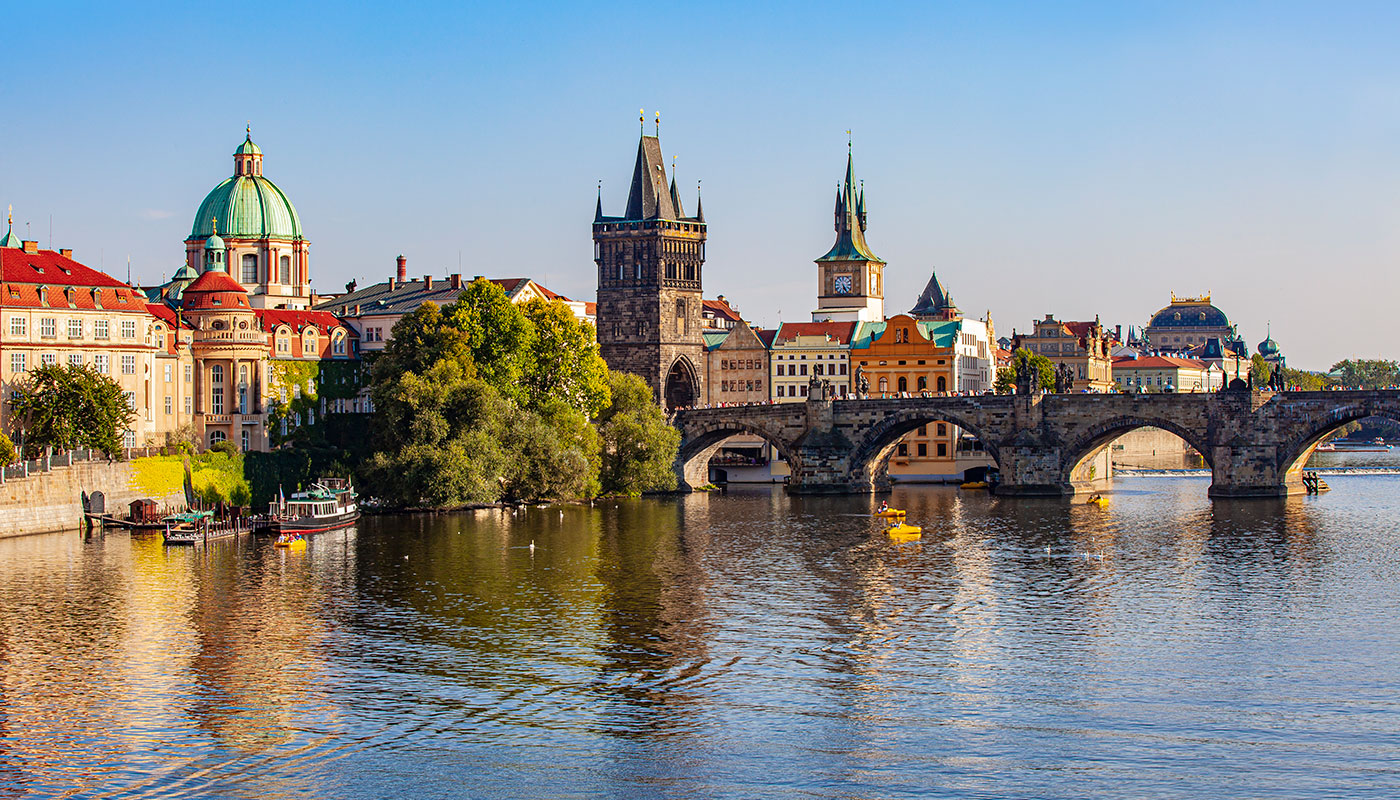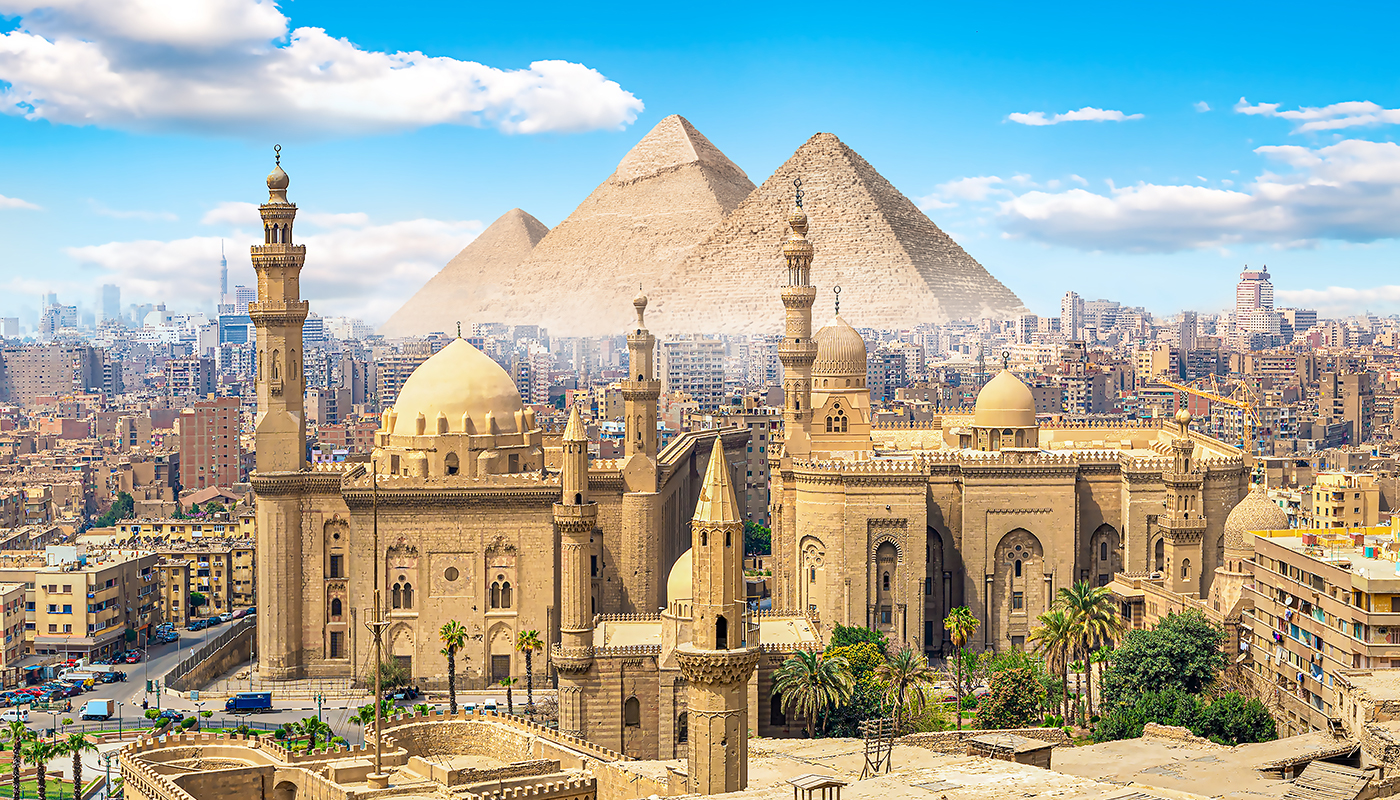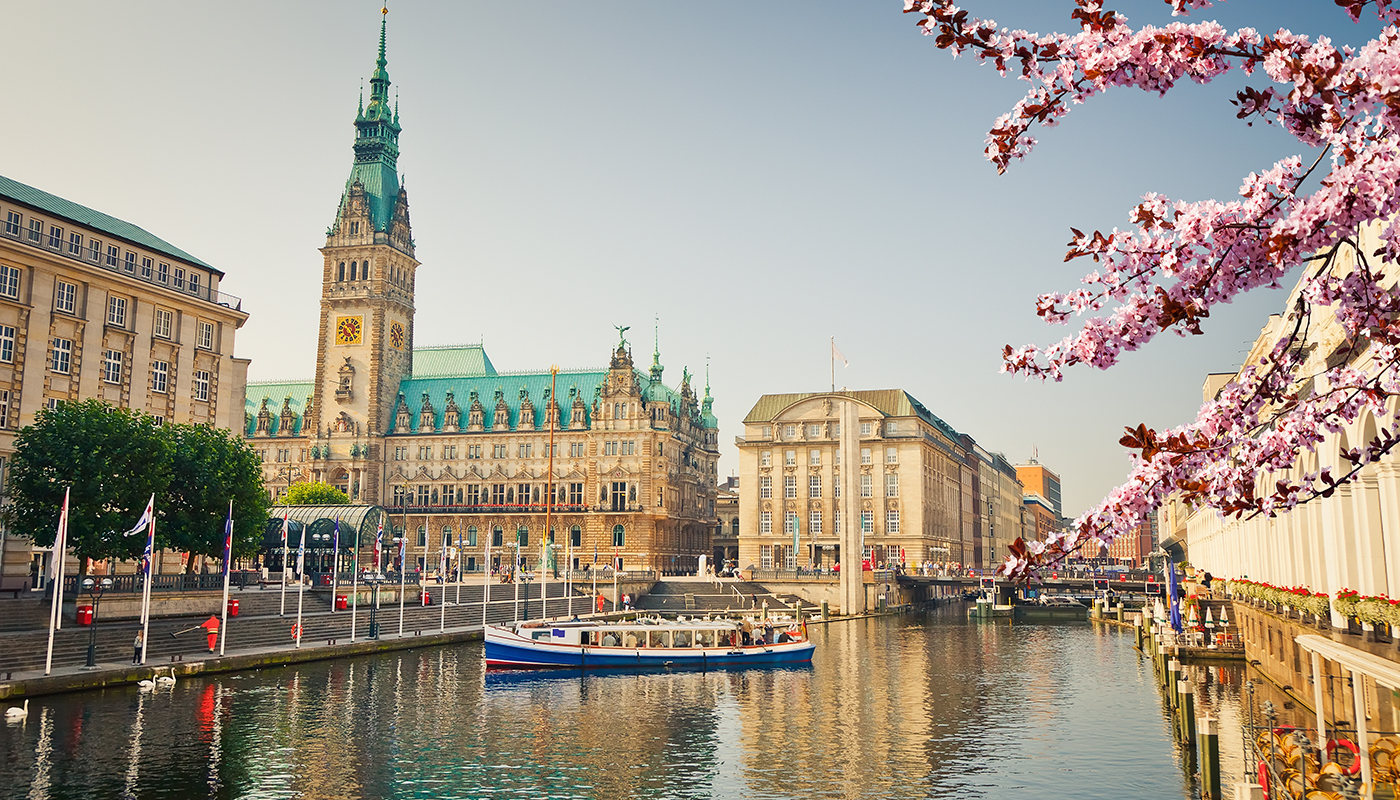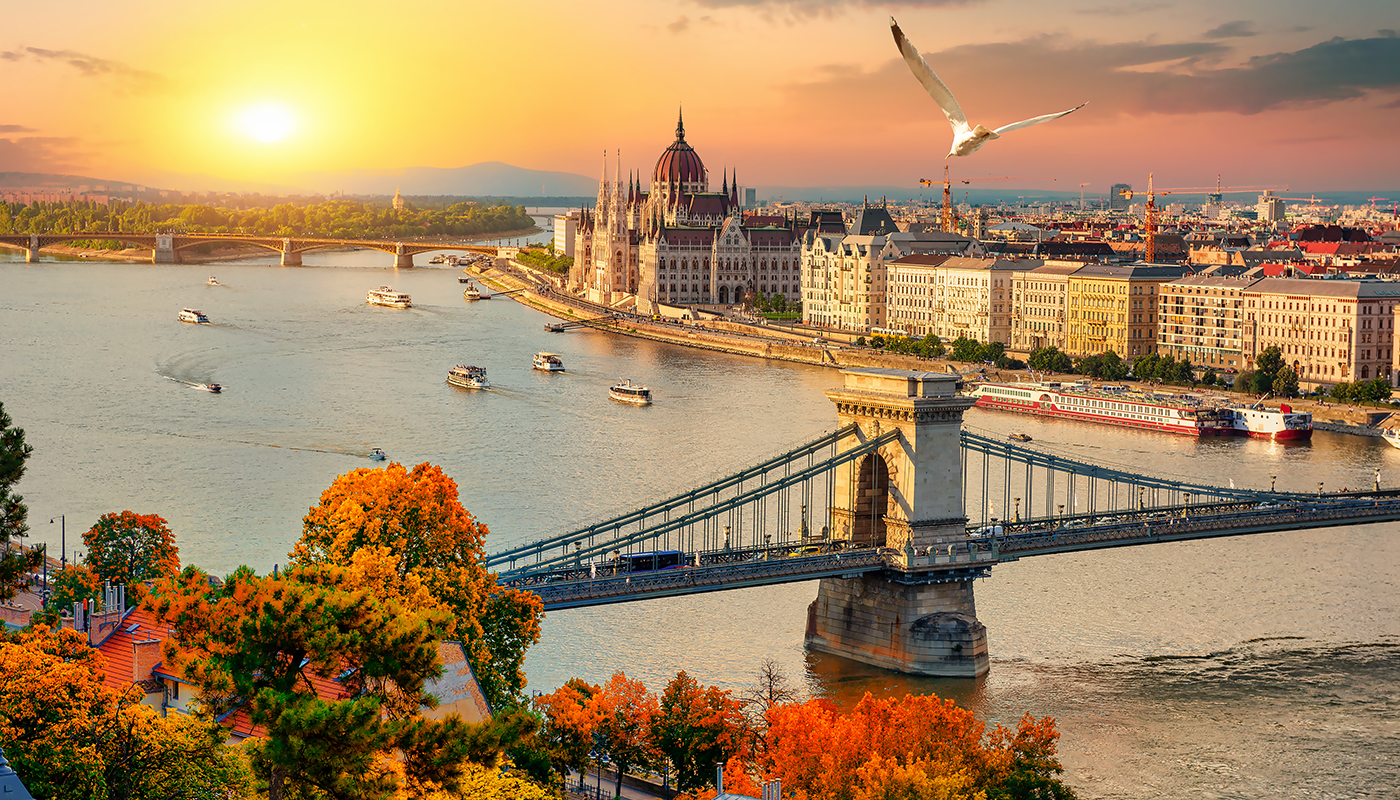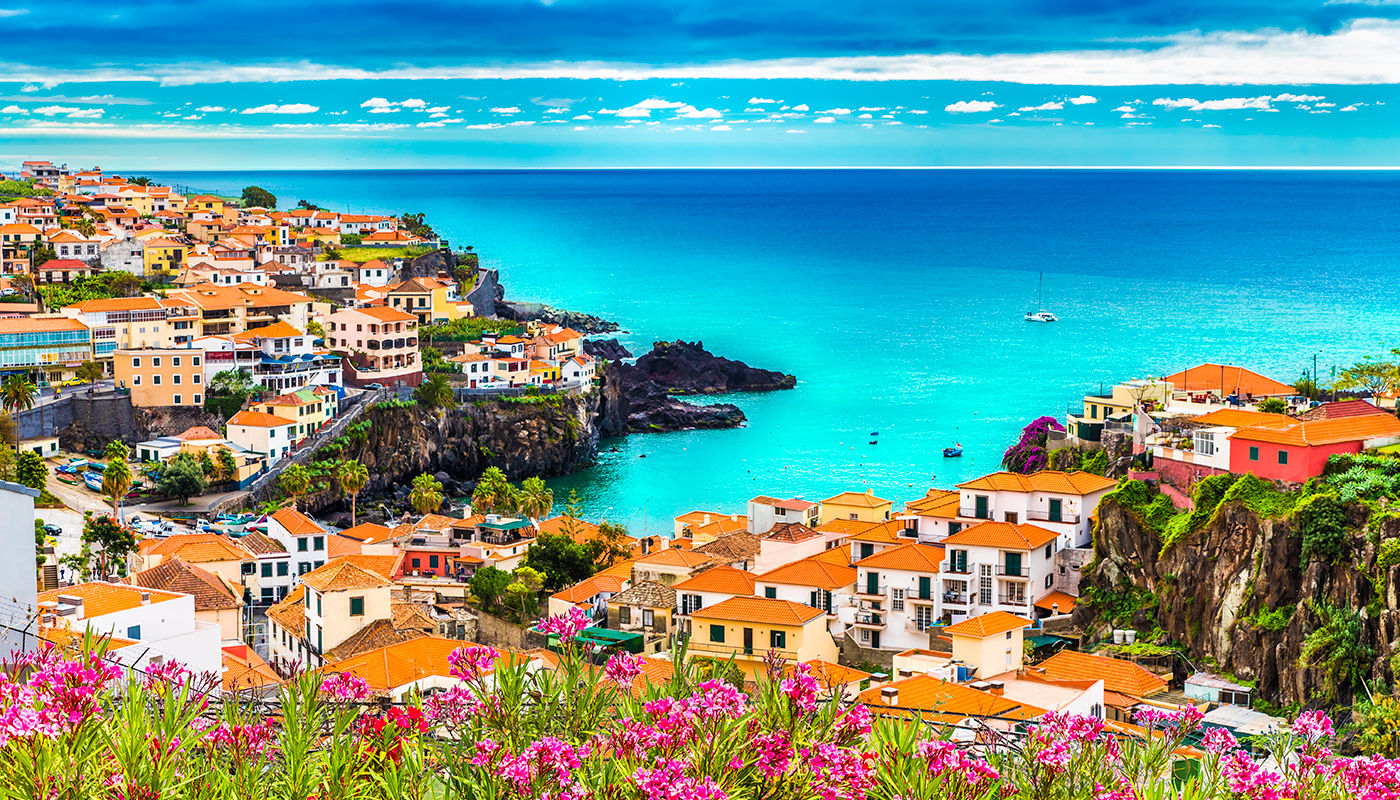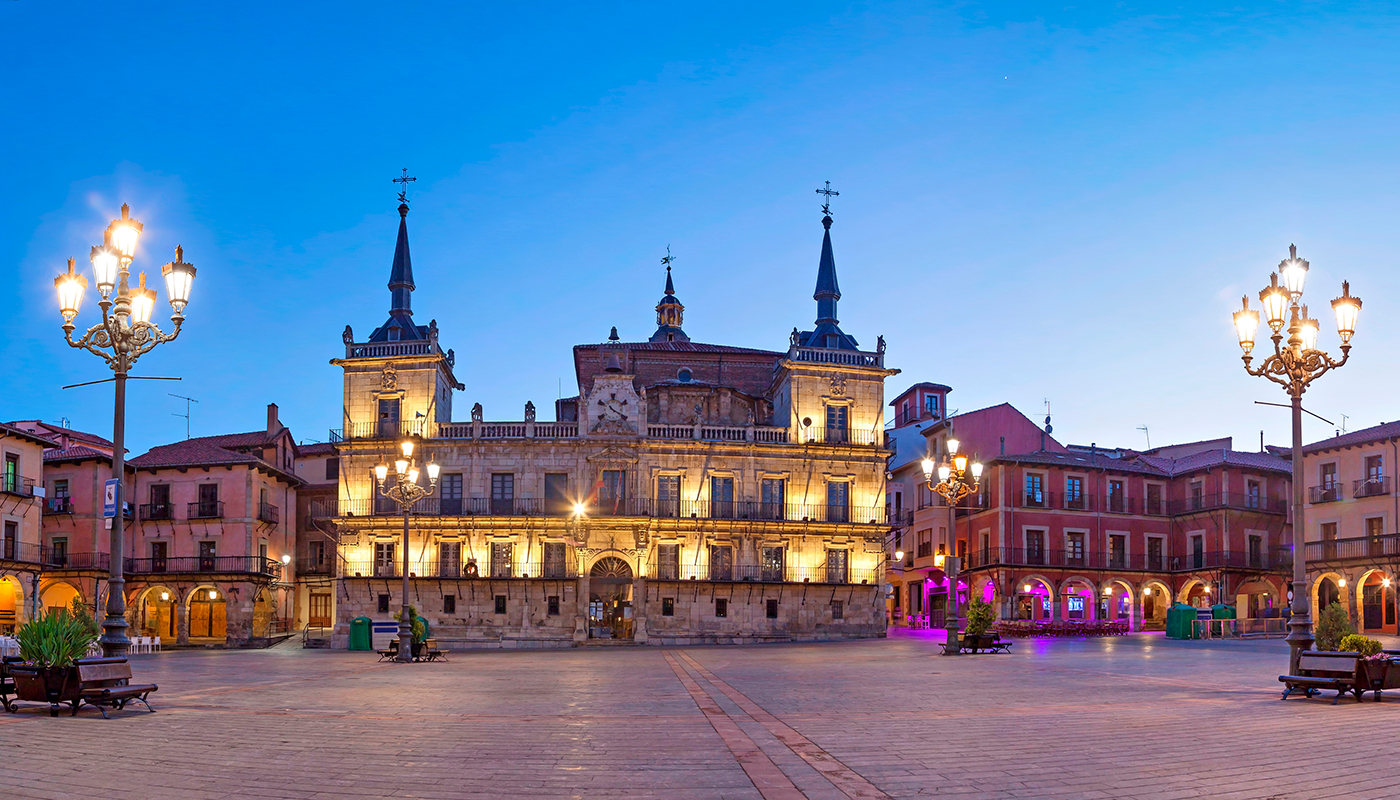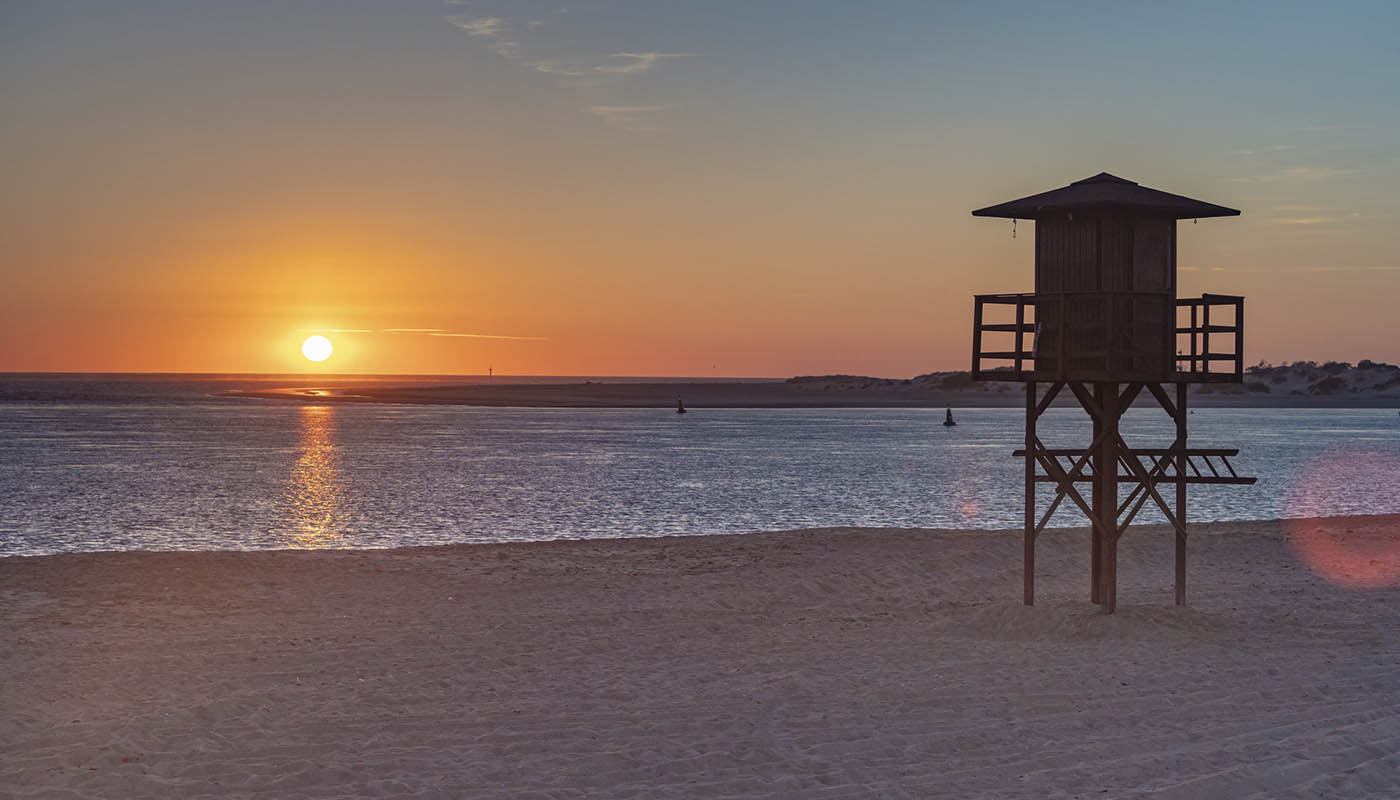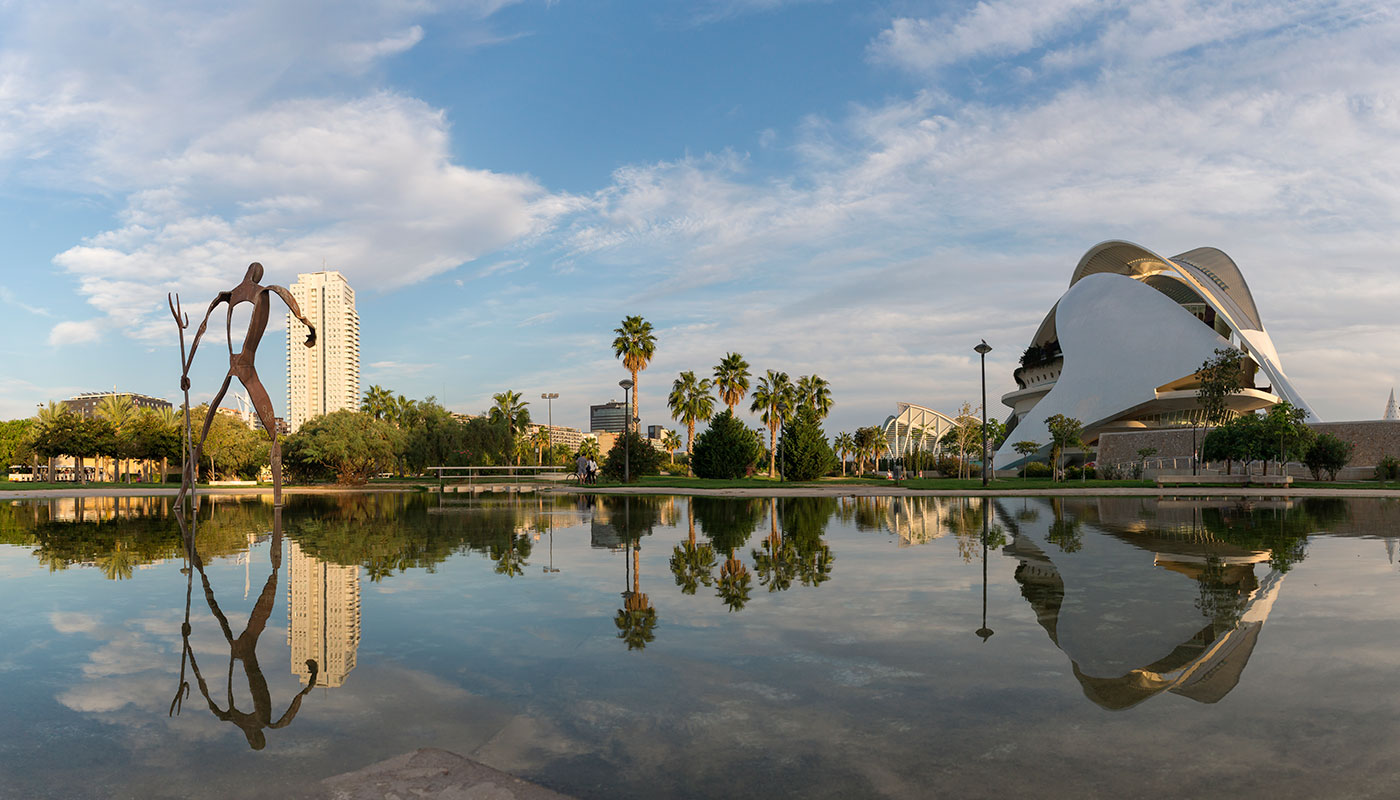When one thinks about Casablanca, the romantic and mysterious scenes starring Humphrey Bogart and Ingrid Bergman immediately come to mind. Yet reality has little to do with the classic film that bears the city’s name. In fact, the film’s sets were reconstructed in Hollywood. What the film evokes, however, is inevitable, accompanying all those who visit the city, the largest and most populated in the Maghreb.
Modern and full of life, Casablanca is the economic and industrial centre of the country, home to large international companies and a major artificial port. Its culture is steeped in a colonial past that provides it with undeniable interest. Tourists can enjoy a place where rigid Muslim customs are much more relaxed. The city’s architectural heritage is unique and there are no shortage of beautiful beaches where you can enjoy pleasant days by the water. Below are a list of places that you cannot miss in Casablanca.
Hassan II mosque: a symbol of the city
Hassan II mosque is an essential place to visit when in Casablanca. A true symbol of the city, its 210-metre-tall minaret stands alongside the Atlantic, making it the tallest temple in the world. When contemplating the imposing structure, the first impression you get is that you are standing before a vast edifice. A closer look, however, reveals the ornate architectural details.
The decoration, created by the finest Moroccan craftsmen of the twentieth century, consists of hand-caved wood and stone, marble flooring, ceilings decorated with gold leaf, and walls covered with colourful ceramic tiles. Regarded as one of the largest mosques in the world, it was constructed to commemorate the sixtieth birthday of king Hassan II, who ruled Morocco between 1961 and 1999.

The mosque is also one of the few sacred places in the country that can be visited by non-Muslims, at a fee and accompanied by a guide. It has capacity for 25,000 worshippers in its interior and 80,000 in its exterior courtyard. Part of the flooring is made of glass and worshippers can pray to Allah while contemplating the ocean. One interesting fact is that it has a laser that points from the minaret to Mecca, which can be seen from several kilometres away.
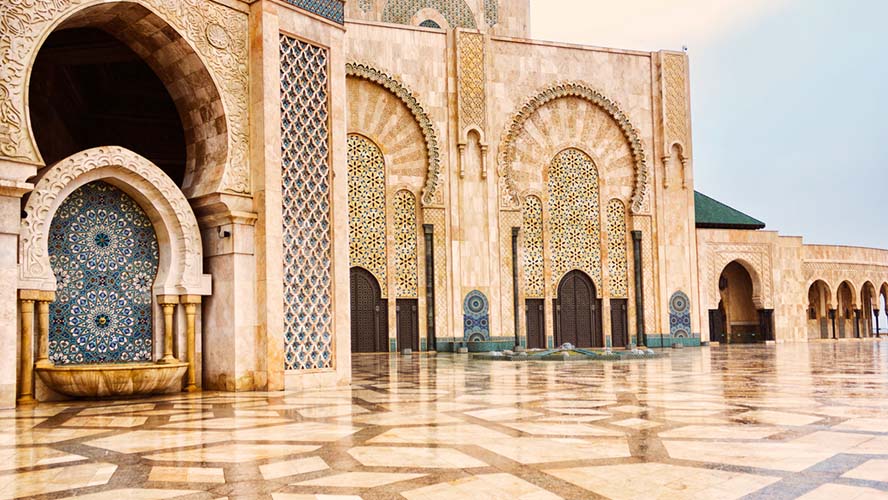
La Corniche: a lovely promenade along the Atlantic
A great way to round off a visit to the magnificent Hassan II mosque is by taking a stroll long La Corniche, which is right next door and allows you to contemplate the important religious landmark in all its magnitude. Much like western seaside promenades, the beach area is surrounded by hotels, cafes, restaurants and others recreational facilities. It is the perfect place to enjoy the Atlantic breeze and to take a dip in La Corniche and Aïn Diab beaches, which are full of surfers from all over the world who come to ride their waves.
The length of La Corniche can be covered on foot, on skates or by bike. Start from the north, at Lalla Meryem beach, with the old El Hank lighthouse, and continue towards Aïn Diab. Magnificent sunsets and lively nightlife make the area one of the most visited in the city by locals and tourists. Tolerance is higher here than in other neighbourhoods and most bars serve alcohol.
Mohammed V square: beautiful and tranquil
Mohammed V Square is the administrative centre of Casablanca. It was designed by the French urban architect Henri Prost, who was also responsible for the urban planning of Casablanca and other cities such as Fez, Meknes, Rabat and Istanbul, during the first half of the twentieth century. Its hallmarks can be seen in the major avenues lined with beautiful buildings, large squares, pedestrianised areas and parks.
The square is one of the most beautiful in the city. Replete with palm trees, it is a place geared towards tranquillity and leisure, where families go to stroll in the afternoon when it is not so hot. One notable feature is the statue of Louis Hubert Lyautey, a French marshal who lived in Morocco (1912–1925), and a fountain, built in 1976, which is used for water and music shows. Moroccan and French influences can be seen in the surrounding public buildings, among them the Justice Palace, the French Consulate, the National Bank and the Prefecture.

Royal Palace: a residence fit for a king
The Royal Palace is one of the most beautiful and grandest landmarks in Casablanca. It is situated in the modern New Medina area and was built in the 1920s as one of the residences of the king of Morocco. The current monarch, Mohammed VI of Morocco, has palaces in different parts of the country, the main one being in Rabat.
Tourists are not permitted to enter the building, but they can visit the esplanade in front of the palace on a guided city tour. On a walk around the area you will no doubt be impressed by this magnificent building. In case you are not part of a guided tour, you can ask permission from the guards standing outside to go up to its doors.
Clock Tower: an emblem of Casablanca
The Clock Tower is another one of Casablanca’s emblems. Situated on United Nations square, it serves as the entrance to the southern part of the medina. A symbol of French colonial power, it was built in 1911 by the French captain Dessigny, who wanted to convince the city’s inhabitants of the need to adapt to the rhythms of industrial society.
The tower that stands today is not in fact the original, but a replica. In 1948 the original was demolished due to its poor condition. It would take another 45 years, until 1993, for it to be rebuilt, at the initiative of Moroccan municipal authorities, who decided to replicate the original design. It has a length of 20 metres and a clock on each one of its sides.
Art Deco quarter: traces of Morocco’s French colonial past
The so-called Art Deco quarter is an area that gives you an idea of France’s longstanding presence in Casablanca. The colonial era lasted until the end of protectorate period, well into the twentieth century. Traces of it are particularly strong in this neighbourhood, which is one of Casablanca’s main tourist attractions, occupying practically the city centre, the area around the Marché Central and Mohammed V square.
The area boasts numerous buildings designed according to the artistic movement, which transformed part of the city during the colonial period. Set aside some time to observe their architectural features, which are mixed with traditional Moroccan features. The most notable buildings are concentrated in a commercial area spanning over two kilometres where some of the most beautiful edifices in the city can be seen. Highlights include Cinema Rialto, the Post Office, Le Matin, Cinema Radio, the Hotel Transatlantique, Maroc Soir, the Hotel Lincoln and the Glaoui buildings, Incama and Café la Comédie.

If you want to see more of Casablanca’s Art Deco, don’t miss Villa des Arts, a museum housed in a small mansion near the Ligue Arabe park. Built by a wealthy Jewish family, inside you can admire over 800 pieces of contemporary art, set against a backdrop of Moroccan culture and heritage. There are also temporary exhibitions by international contemporary artists and a large number of cultural events throughout the year.
Mahkama du Pacha palace: an architectural gem
The Mahkama du Pacha palace is one of the city’s architectural gems. Situated in the Habous district, bordered by Boulevard Victor Hugo, it is a key destination when on a walking tour of the city. The building currently houses a courthouse and, as a result, it is hard to get inside, although it is said to be spectacular. If you are in luck, you can access its rooms by contracting a guide.
Simply seeing it from the outside is well worthwhile, however. The building, reminiscent of old Arab-Andalusian palaces, was built in the mid-twentieth century and was the residence of a wealthy Moroccan family. Traditional pieces of Moroccan art can be found on display in all their splendour, including the wood carving and plasterwork.
The large palace consists of two courtyards with 60 surrounding rooms. Those who visit are captivated by its ornate arches and exotic plant life. Some compare its beauty to the Alhambra in Granada.
Sidi Abderrahman shrine: a place of pilgrimage
A more unusual thing to do when in Casablanca is to visit the Sidi Abderrahman shrine, whose history seems to be straight out of One Thousand and One Nights. Sidi Abderrahman, considered a saint by some Muslims, came from Baghdad in the nineteenth century and settled on the islet. The marabout lived there until the end of his days and it is nowadays a pilgrimage site.
Non-Muslims are not permitted to enter the temple where Sidi Abderrahman is buried; Muslims, on the other hand, are allowed. South of the seaside promenade is Sidi Abderrahmane islet, home to a small hamlet, which can only be accessed at low tide or via a new bridge. The area is home to pre-historic sites and an archaeological park. If going on foot, before arriving you will come to the Sindibad amusement park.
The medina: strolling through the old city
As in most Arab cities, the old medina is an essential meeting place within the city. In the case of Casablanca, it is smaller than usual, but its network of narrow streets is charming nonetheless. The medina will leave you captivated with its mosques, including Chleuh, the main mosque in the old city, and its small squares and colourful buildings, whose ground floors house cafes and shops selling knick-knacks, souvenirs, clothes and shoes.
The medina, the perfect place to watch everyday life in action, was rebuilt after an earthquake in 1755 that almost completely destroyed it. Numerous changes over time have had an impact on the character of this historical site, which still delights tourists. It can be accessed from United Nations square, close to the Clock Tower. On the north side, in front of the port, you can see the remains of Casablanca’s eighteenth-century fortifications and enjoy one of the best panoramic views of the city.

Moroccan Jewish Museum: a unique place
A visit to the Moroccan Jewish Museum is a great alternative when in Casablanca, above all for those interested in religious history. Incidentally, the museum is the only one of its kind in the Arab world. This gives you an idea of the city’s mix of cultures and it should be noted that most of Morocco’s Jewish population live in Casablanca.
The museum is situated in the residential district of Oasis, in a lovely mansion with a garden, which was formerly a Jewish orphanage. By visiting the museum you can journey back through the country’s 2,000 years of Jewish history and, above all, learn about the evolution of Casablanca’s Jewish community. On a tour you will find paintings, traditional dress, ceremonial items from the Jewish community and a large collection of photographs of synagogues and mellah (Jewish quarters).
Morocco Mall: upscale shopping
Situated on the outer limits of the La Corniche area, past Aïn Diab beach, on Avenue Biarritz, is Morocco Mall, the largest and most luxurious shopping centre in Morocco and Africa. Designed by the Italian architect Davide Padoa, the building spans 250,000 square metres with 70,000 reserved solely for shops, set across three floors. It also boasts large gardens, entertainment areas, cafeterias, restaurants and other recreational facilities.
Morocco Mall is without a doubt the perfect place for shopping addicts in Casablanca. Among its 350 shops you will find luxury brands such as Gucci, Dior and Louis Vuitton, as well as Ralph Lauren and classics from the Spanish Inditex group (Zara, Massimo Dutti and Pull & Bear). In another one of its areas, the Souk, you can buy items typically found in Moroccan souks, such as traditional slippers, kaftans, djellabas, spices, oils and much more.
The magnificent space, which contrasts with the poverty of other parts of the city, also boasts an IMAX cinema, a large aquarium (Aquadream) and a small theme park (Adventureland), in addition to the largest musical fountain in the world, which has over 100 colourful jets that move to the rhythm of the music.
Ligue Arabe Park: the green lung of Casablanca
The Ligue Arabe Park is the green lung of Casablanca and a great place to find some peace and quiet in the bustling city. Dating from 1918, to coincide with its 100-anniversary in 2018, the park was fully remodelled, noticeably improving its landscape. Nine million euros were invested to repair ten original fountains, add many areas of dense vegetation, and create playgrounds and sports courts.
The space is surrounded by large African oil palms. Classes for young people in environmental education, botany and the latest gardening techniques take place in the park. It also boasts small cafes and is home to the unusual Sacred Heart cathedral, a church that ceased its Catholic religious function in 1956, when Morocco gained independence from France. These days, the external structure is unchanged, but it now houses a cultural centre. From its towers you can enjoy magnificent views of the city.

Where to eat: restaurants and a stop at Rick’s Café
Casablanca has a wide range of restaurants and in addition to traditional fare you can also find excellent establishments serving international cuisine. A good option to bear in mind is the restaurant Brasserie La Bavaroise (133 Avenue Allal Ben Abdellah). Founded in 1968, the speciality of this very popular restaurant are steaks made from cows fed with grass from the Atlas mountains served with chips, salad and French-style sauces. If you prefer fish, however, you should head towards the port of Casablanca. There, on the upper floor of a building is the Restaurant du Port de Pêche. A busy spot, it serves fried or grilled fish, either as it is or in batter. Highlights include its oyster and fresh seafood dishes.
A typical place to head to when on a route through Casablanca is Rick’s Café, a replica of the legendary bar that appears in the film Casablanca. The establishment that Humphrey Bogart immortalised never actually existed and was just a Hollywood set. But such was its legendary status and the interest of tourists in tracking it down that a replica was eventually built just as it appears in the film, with the same set. The bar opened its doors in 2004 and is located in the Old Medina, in a typical Moroccan residence with a beautiful inner courtyard. It opens every day, even during Ramadan.
Casablanca’s beaches
Casablanca is perfect for travellers looking to combine a city break with beaches, made all the more appealing by its warm and humid climate all year round and an Atlantic coastline with fantastic places for swimming. A good route to take begins in the north, on Lalla Meryem beach, home to the characteristic old El Hank lighthouse, followed by the more central La Corniche and Aïn Diab beaches, which span over a mile and are lined with restaurants.
Loved by surfers, the beaches are nonetheless dangerous due to the strong waves, so we recommend using the many saltwater pools along the seaside promenade. If you would like to swim in the sea you should head southwards towards the lovely Tamaris beach. Another good option is Bouznika beach, between Casablanca and Rabat, which is popular with both locals and tourists and a great place to swim, take a walk along the clean sand, or surf.
Tips for travelling to Casablanca
As in all Moroccan cities you should respect certain norms and take into account the sense of hospitality of locals. For example, leave a 10% tip at all restaurants and cafés. Hand it straight over to the waiting staff; never leave it on the table.
When choosing a restaurant, it is advisable to check whether locals eat there, as it can be a good indicator of its popularity and whether it is worth a visit. As is customary at tourist sites, beware of pickpockets and avoid going out with large sums of money. Bear in mind that when walking around the city you will be approached by all kinds of guides and sellers offering their services and products. They can be somewhat bothersome so be firm when rebuffing their suggestions and tactfully keep them from following you.
Local people are by and large very hospitable. Never turn down an invitation to have a mint tea, which should be gratefully accepted and, if you know about it in advance, try to respond with a small gift. It is advisable to wear modest clothing in neutral colours when exploring the city’s working class neighbourhoods. In tourist areas you can wear any type of clothing with no issues.
Where to stay: Barceló group hotels
The Barceló group has two hotels in Casablanca that will ensure you have an incredible stay in the city. The four-star Barceló Casablanca is situated on the central Boulevard d’Arfa, close to the historic quarter and Hassan II mosque. Its facilities offer all creature comforts and services in a modern setting that nonetheless has not lost any of the essence of Moroccan service and gastronomy.
The exclusive local cuisine served at its restaurant, which has an excellent tea menu, is one of the hallmarks of the hotel. It is also popular for business trips, offering five rooms for state-of-the-art meetings, events and congresses. The hotel is very close to the Twin Centre and 25 kilometres from Mohammed V International Airport. A golf course is situated just three kilometres from the hotel.
Another excellent option is the five-star Barceló Anfa Casablanca, which combines tradition and modernity right in the city centre. One of its attractions is the Art Deco decor that is so typical of the city, reflected in the use of colours, geometric shapes and warm materials. The hotel is fully equipped with a gym, spa, lobby bar, snack bar and a restaurant that fuses local produce with the latest trends and boasts a magnificent terrace with an outdoor swimming pool.
The hotel is just 30.8 kilometres from Mohammed V International Airport and close to the city’s main attractions including shopping areas, Hassan II mosque, the Old Medina and the Sacred Heart cathedral. Its seven meeting rooms and a banquet hall with capacity for 350 people make it perfect for business meetings and all types of events.








